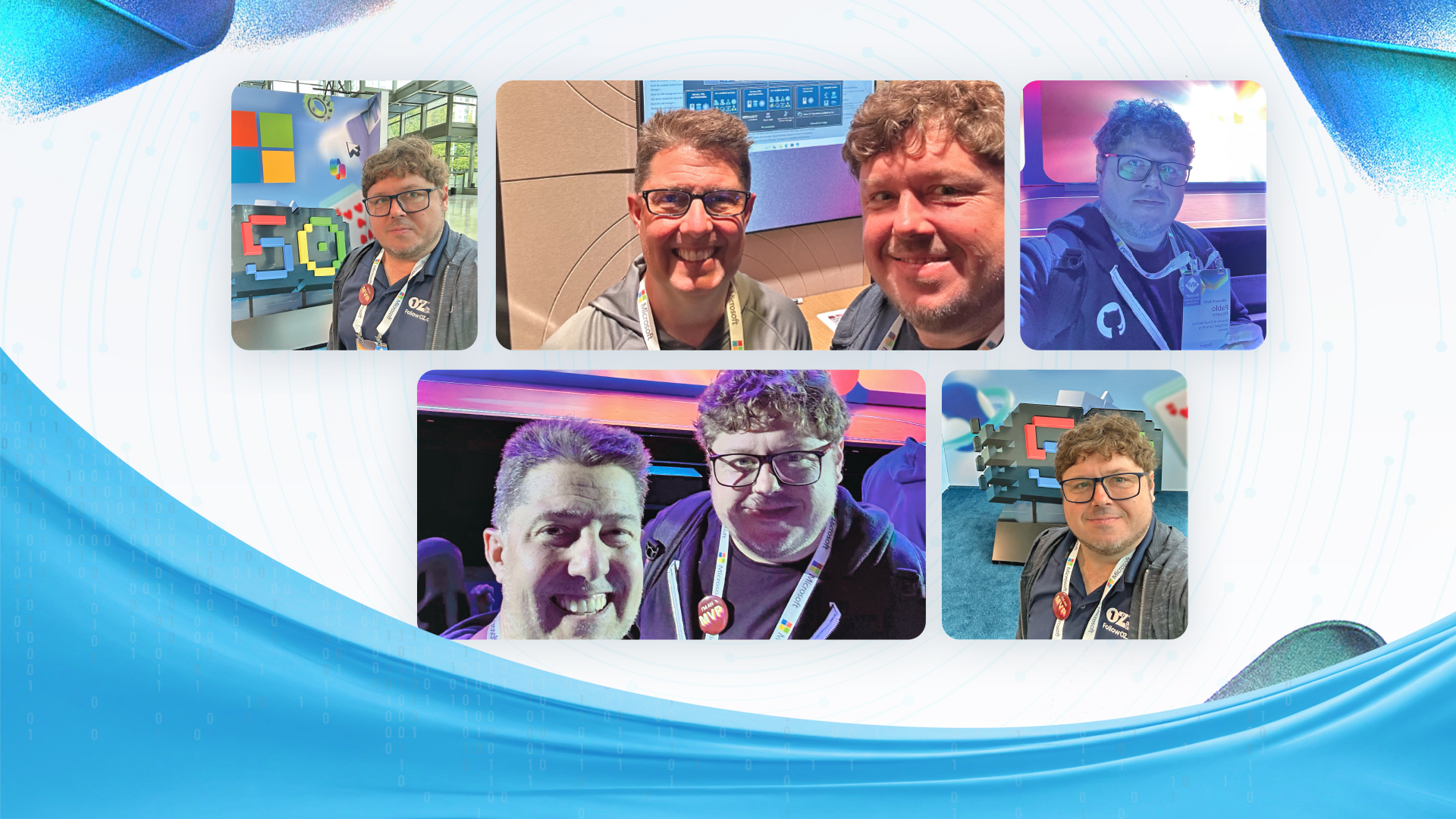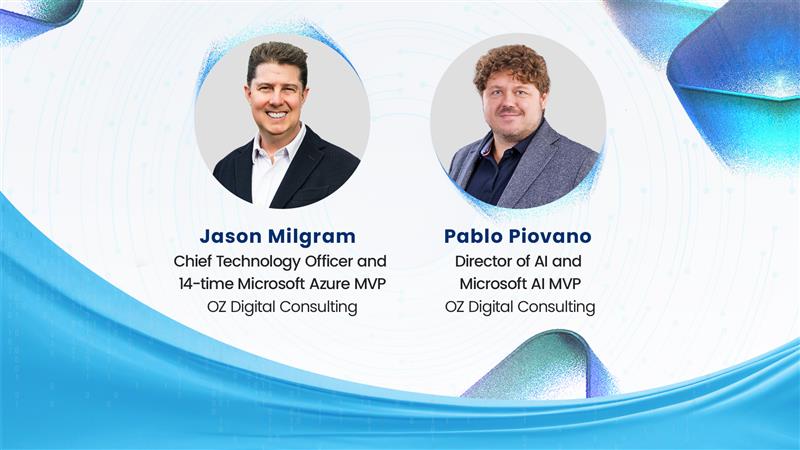Two weeks ago, I attended the 2019 Gartner Data & Analytics Summit in Orlando, Florida. This event is one of the leading conferences in the country for data and analytics practitioners like myself. This year was an extraordinary year to participate. In many ways, it was a different Gartner conference than those I’d attended in the past because this year, it seemed everyone had more questions than answers. The rapid rise of new technologies has created a world of previously unseen disruption and increased ambiguity.
Data & Analytics leaders need to find clarity of purpose so we can effectively contribute to innovation in areas such as improving the customer experience. I noted three dominant themes at this year’s conference, and they all involved the careful balancing act we as data professionals are increasingly asked to play:
- Data-driven or Metrics-driven Culture
- Privacy or Personalization
- Artificial Intelligence (AI) or Human Intelligence
Data-driven or Metrics-driven Culture
To be genuinely data-driven, companies today need to have an experimental mindset. In the past, businesses had a business plan and stuck to pre-arranged metrics of performance, commonly known as KPIs (key performance indicators). These metrics created data traps that frequently had unintended consequences. Today, companies can create and process an incredibly high volume of data extremely fast. Moreover, there’s so much new data becoming available, such as what comes from IoT devices and social media, that to take full advantage of this data, companies should:
- Adopt an experimental mindset
- Come up with more meaningful analytical models
- Take the opportunity to change the culture
- Optimize the business to serve its customers better
At OZ, we believe more companies need to adopt a data-driven, experimental mindset and uncover leading performance indicators that might telegraph potential significant strategic gains. Run more experiments at a faster pace and let the data tell you if you’re going in the right direction. Embrace an agile approach.
However, agile doesn’t negate a company’s need for performance metrics. While data can provide clues, it might not always have the 100% correct answer. All companies, even while embracing data, need to challenge their analytical culture and dig further into what the data is saying to validate those insights. Data can uncover things you didn’t see before, but it’s not without fail. That said, don’t be afraid to go beyond your KPIs and look at other new metrics that might give you more insight into your business performance.
Privacy or Personalization
Privacy concerns aren’t new. When it comes to customer experience, we all want privacy, but we also want personalization. Moreover, companies will always want to know more about their customer, mainly to provide a better, more personalized experience. However, questions arise with this approach: what are the ethics and moral responsibilities a company has when deciding how to use that data? What is the line between privacy and personalization?
How a company chooses to answer these questions represent the challenging balancing act most corporations are facing. As anyone who has iTunes knows, user agreements aren’t read. Because companies own the blame in the case of any data breaches or misuse, privacy burdens reside with the company, not the customer. So, companies must prioritize how they guard and use their customer’s data.
AI or Human Intelligence
With more and more conversations around AI, there’s a growing fear that machines are going to take control. Of course, newspaper headlines said similar things in 1932. * In today’s world, we can’t opt-out of AI. Mainly because we never opted in. AI is a fastgrowing force that’s also bringing with it some incredible good. Already, the business value of AI is $1.2T and will be $3.9T by 2022.**
AI’s main benefit is how it:
- Augments the human experience
- Promotes creativity
- Creates high-value jobs
The last point is probably the most surprising. Contrary to popular belief, AI will create more jobs than it destroys. Moreover, technologies around AI are becoming open source, ensuring more and more companies have access to them. As such, most companies are no longer deciding between AI and human – they’re doing both. Businesses are embedding Artificial Intelligence in everyday business processes to automate tedious manual tasks. With such rapid growth into the mainstream and the advantage AI brings with it, most companies will need to know their AI strategy to remain competitive.
Most Important Takeaway for OZ’s Customers
Are you delivering a superior Customer Experience? Are you experimenting and iterating with alternative data to effectively compete in the market place? At OZ, we help our clients evaluate and improve their customer experience by bringing new data from your customer touchpoints (website, call center, mobile app, onsite experience, IoT interactions) to provide a more innovative and pleasant customer experience.
Companies today have access to customer data that didn’t exist years ago. We apply advanced analytics, data management techniques, and Design Thinking to ensure you’ll outgrow your competitors by delivering an innovative CX.
*Source: http://www.slate.com/articles/technology/future_tense/2011/11/robot_hysteria_in_the_1930s_slide_show_.html
**Source: https://www.em360tech.com/tech-news/tech-features/global-ai-business-value-reach3-9trillion-2022-gartner/



